The Three Gorges Dam (simplified Chinese: 三峡大坝; traditional Chinese: 三峽大壩; pinyin: Sānxiá Dàbà) is a hydroelectric gravity dam that spans the Yangtze River near Sandouping in Yiling District, Yichang, Hubei province, central China, downstream of the Three Gorges. The world's largest power station in terms of installed capacity (22,500 MW), the Three Gorges Dam generates 95±20 TWh of electricity per year on average, depending on the amount of precipitation in the river basin. After the extensive monsoon rainfalls of 2020, the dam's annual production reached nearly 112 TWh, breaking the previous world record of ~103 TWh set by Itaipu Dam in 2016.
The dam's body was completed in 2006; the power plant was completed and fully operational by 2012, when the last of the main water turbines in the underground plant began production. Each of the main water tu...Read more
The Three Gorges Dam (simplified Chinese: 三峡大坝; traditional Chinese: 三峽大壩; pinyin: Sānxiá Dàbà) is a hydroelectric gravity dam that spans the Yangtze River near Sandouping in Yiling District, Yichang, Hubei province, central China, downstream of the Three Gorges. The world's largest power station in terms of installed capacity (22,500 MW), the Three Gorges Dam generates 95±20 TWh of electricity per year on average, depending on the amount of precipitation in the river basin. After the extensive monsoon rainfalls of 2020, the dam's annual production reached nearly 112 TWh, breaking the previous world record of ~103 TWh set by Itaipu Dam in 2016.
The dam's body was completed in 2006; the power plant was completed and fully operational by 2012, when the last of the main water turbines in the underground plant began production. Each of the main water turbines has a capacity of 700 MW. Combining the capacity of the dam's 32 main turbines with the two smaller generators (50 MW each) that provide power to the plant itself, the total electric generating capacity of the Three Gorges Dam is 22,500 MW. The last major component of the project, the ship lift, was completed in 2015.
In addition to generating electricity, the dam was designed to increase the Yangtze River's shipping capacity. By providing flood storage space, the dam reduces the potential for flooding downstream, which historically plagued the Yangtze Plain. In 1931, floods on the river caused the deaths of up to 4 million people. As a result, China regards the project as a monumental social and economical success, with the design of state-of-the-art large turbines and a move toward limiting greenhouse gas emissions. But the dam has led to some ecological changes, including an increased risk of landslides, which have made it controversial domestically and abroad.
 In his poem "Swimming" (1956), engraved on the 1954 Flood Memorial in Wuhan, Mao Zedong envisions "A Great Stone Wall, to catch the clouds and rains of Wushan as the fall" as "A Great lake shall rise upon the gorge!".[1]
In his poem "Swimming" (1956), engraved on the 1954 Flood Memorial in Wuhan, Mao Zedong envisions "A Great Stone Wall, to catch the clouds and rains of Wushan as the fall" as "A Great lake shall rise upon the gorge!".[1] Map of the location of the Three Gorges Dam and the most important cities along the Yangtze River
Map of the location of the Three Gorges Dam and the most important cities along the Yangtze RiverSun Yat-sen envisioned a large dam across the Yangtze River in The International Development of China (1919).[2][3] He wrote that a dam capable of generating 30 million horsepower (22 GW) was possible downstream of the Three Gorges.[3] In 1932, the Nationalist government, led by Chiang Kai-shek, began preliminary work on plans in the Three Gorges. In 1939, during the Second Sino-Japanese War, Japanese military forces occupied Yichang and surveyed the area.
In 1944, the United States Bureau of Reclamation's head design engineer, John L. Savage, surveyed the area and drew up a dam proposal for a "Yangtze River Project".[4] Some 54 Chinese engineers went to the US for training. The original plans called for the dam to employ a unique method for moving ships: the ships would enter locks at the dam's lower and upper ends and then cranes would move them from each lock to the next. Groups of craft would be lifted together for efficiency. It is not known whether this solution was considered for its water-saving performance or because the engineers thought the difference in height between the river above and below the dam too great for alternative methods.[5] No construction work was performed because of the Nationalists' worsening situation in the Chinese Civil War.[6]: 204
After the 1949 Communist Revolution, Mao Zedong supported the project, but began the Gezhouba Dam project nearby first, and economic problems including the Great Leap Forward and the Cultural Revolution slowed progress. After the 1954 Yangtze River Floods, in 1956, Mao wrote "Swimming", a poem about his fascination with a dam on the Yangtze River. In 1958, after the Hundred Flowers Campaign, some engineers who spoke out against the project were imprisoned.[7]
During China's emphasis on the Four Modernizations during its early period of Reform and Opening Up, The Communist Party revived plans for the dam and proposed to start construction in 1986.[6]: 204 It emphasized the need to develop hydroelectric power.[6]: 204
The Chinese People's Political Consultative Conference became a center of opposition to the proposed dam.[6]: 204 It convened panels of experts who recommended delaying the project.[6]: 204
The National People's Congress approved the dam in 1992: of 2,633 delegates, 1,767 voted in favour, 177 voted against, 664 abstained, and 25 members did not vote, giving the legislation an unusually low 67.75% approval rate.[8][9] Construction started on December 14, 1994.[10] The dam was expected to be fully operational in 2009, but additional projects, such as the underground power plant with six additional generators, delayed full operation until 2012.[11][7][12] The ship lift was completed in 2015.[13][14] The dam raised the water level in the reservoir to 172.5 m (566 ft) above sea level by 2008 and to the designed maximum level of 175 m (574 ft) by 2010.[15][16]
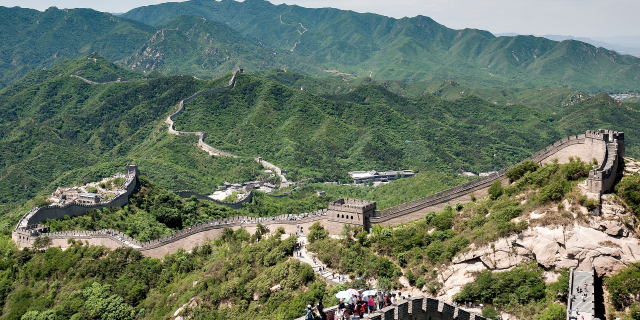

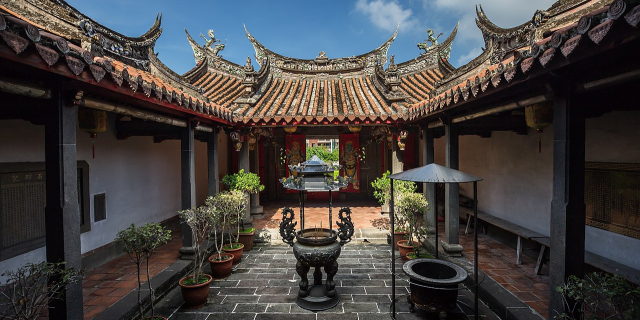




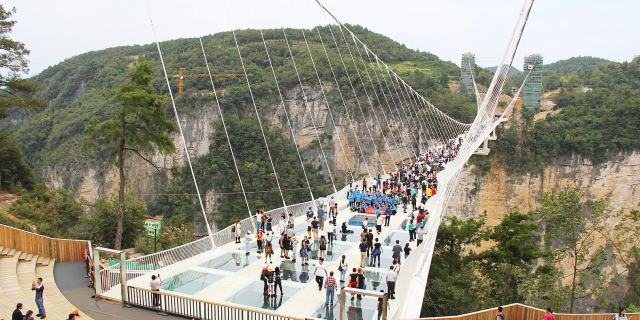



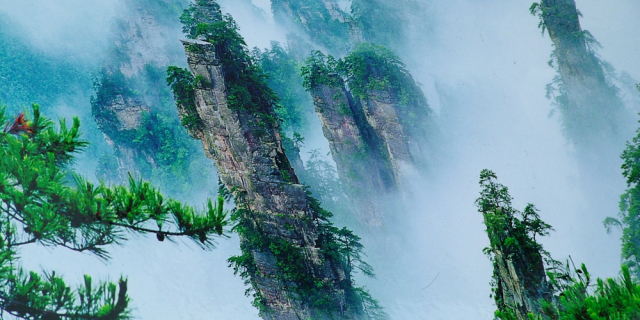
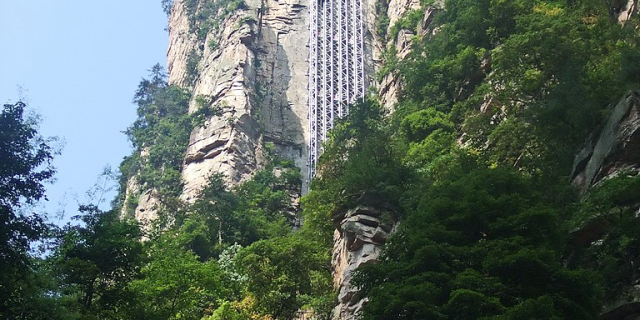

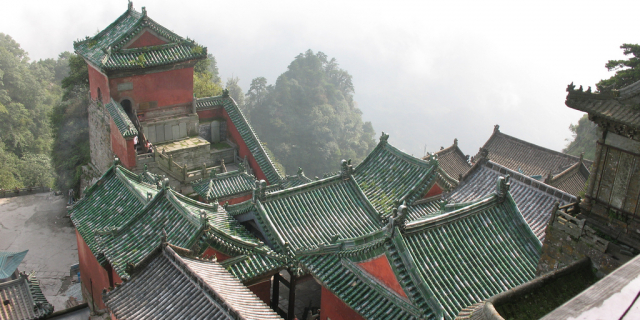


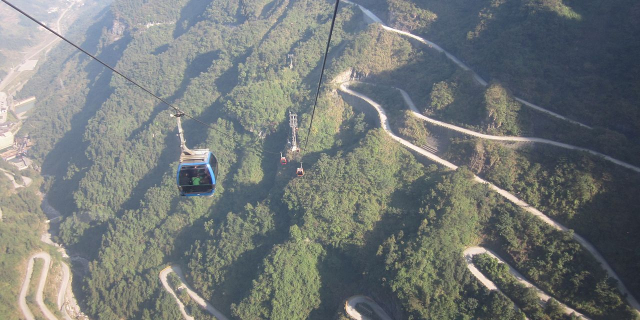


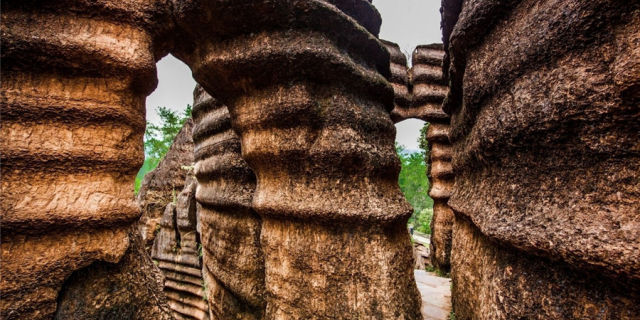

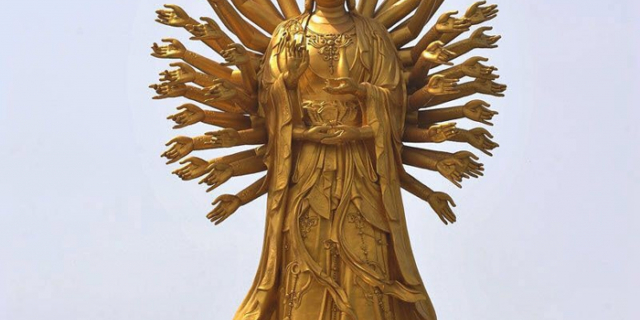
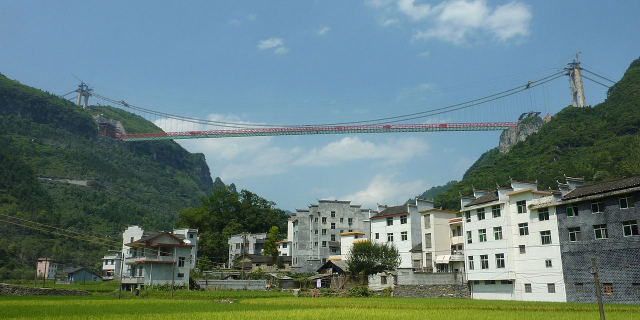

Add new comment